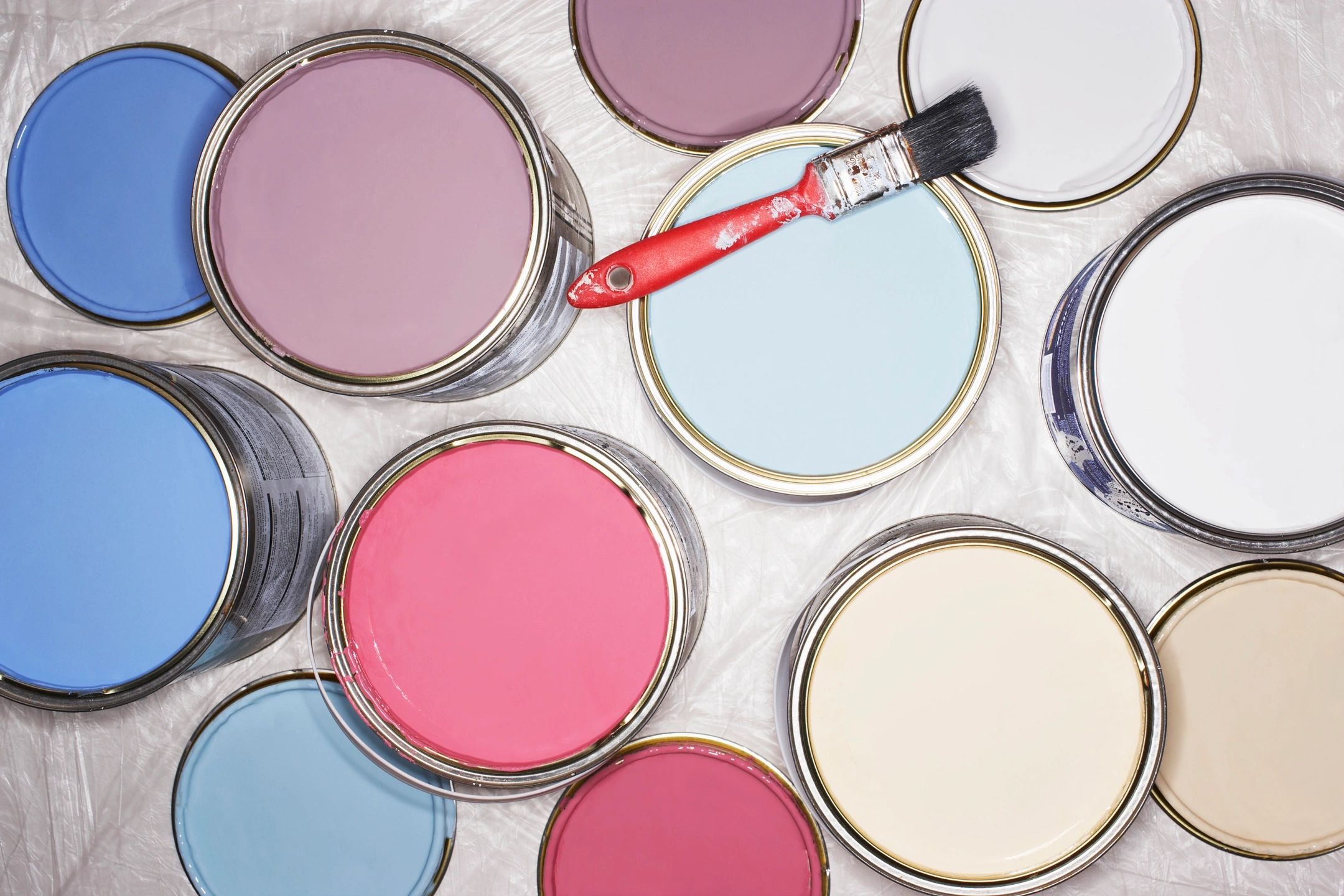There’s an extraordinary force in the world of interior design that goes beyond furniture and layout: paint. Whether you are revitalizing a single wall or giving an entire room a new identity, the art of painting holds the key to elevating any space. Paint has the unique ability to completely transform the atmosphere, create a sense of harmony, or introduce an exciting new character to your surroundings. By understanding the impact of color and texture, you can make informed choices that align with your design vision.
The Psychological Impact of Color
Color is not just an aesthetic decision—it’s an emotional catalyst. The psychology of color plays a pivotal role in how we perceive our environments and how we feel within them. Warm tones such as reds, oranges, and yellows can evoke feelings of warmth and energy, making them ideal for social spaces like living rooms or kitchens. Cool tones like blues, greens, and purples have a calming effect, perfect for bedrooms or relaxation areas.
The psychological impact extends beyond mere moods; certain colors can even influence productivity and creativity. A soft, muted yellow, for example, is often associated with optimism and can stimulate creativity, making it an excellent choice for workspaces or studios. On the other hand, darker shades like charcoal or deep navy create a sense of sophistication and elegance, adding depth to formal settings like dining rooms or offices.
Texture as a Design Element
While color sets the tone, texture adds richness and depth, providing a tactile element that elevates the visual appeal of your space. Texture can be as subtle or as bold as you choose, from smooth, matte finishes to more dramatic and intricate patterns that demand attention.
Adding texture through paint is a clever way to introduce complexity without overwhelming the space. For example, using a faux finish technique, such as a marble or suede effect, can introduce a luxurious and tactile quality that enhances the overall ambiance. This added dimension not only enhances the aesthetic experience but also gives a room an air of sophistication.
Choosing the Right Palette for Your Space
Choosing the right color palette is an essential step in creating a cohesive and well-balanced space. The key is to select colors that harmonize with each other and reflect the mood you want to cultivate. Start by considering the function of the room. For a cozy living room, earth tones like soft beige, taupe, or terracotta can create a welcoming, warm atmosphere. In contrast, a bedroom might benefit from soothing tones like pale gray or soft lavender, which promote relaxation.
When experimenting with texture, it’s important to select complementary hues that allow both the color and texture to shine. A textured accent wall painted in a bold color can serve as a striking focal point, while the rest of the room can feature more neutral tones to balance the intensity. The goal is to create an interplay between the two elements that enhances the overall design without overwhelming the space.
Techniques for Adding Texture Through Paint
The possibilities for creating textured surfaces with paint are virtually endless. One popular technique is sponging, where a sponge is used to apply a glaze over a base coat, resulting in a soft, textured finish. This method works well for achieving a subtle, layered effect that adds dimension to walls.
Another technique gaining traction is the use of metallic paints. These paints incorporate fine metallic particles that reflect light, creating an iridescent finish that changes with the lighting in the room. This effect can be used to add drama and sophistication, particularly in spaces like bathrooms or accent walls.
For a more pronounced texture, try using plaster or stucco-based paints, which can give a room a rustic, Mediterranean feel. These thick, textured finishes can create visual interest while enhancing the tactile experience of the space. The method you choose will depend on the desired level of impact and the atmosphere you wish to create.
Maintenance and Longevity of Painted Surfaces
Once you’ve transformed your space with paint and texture, it’s important to ensure that the surfaces retain their beauty and durability over time. Painted walls, especially those with added texture, can require more maintenance than flat finishes. To keep them looking their best, it’s essential to follow proper care techniques.
Regular cleaning is crucial for textured walls. Dust and dirt can accumulate more easily on textured surfaces, so periodic wiping with a soft cloth is recommended. Additionally, repainting may be necessary every few years to maintain the vibrancy of the colors and texture. Opting for high-quality paints with durable finishes will ensure longevity and help reduce the frequency of touch-ups.
Summary: Embrace the Power of Paint
The transformative power of paint lies in its ability to completely alter a space—both visually and emotionally. By thoughtfully incorporating color and texture into your design, you can enhance the mood of a room, express your personal style, and create a truly unique environment. Whether through the psychological influence of color or the tactile beauty of texture, paint offers an unparalleled tool for elevating any interior space. So, embrace the power of paint and let it be the catalyst for your next design transformation.
Please like, comment, and share this article if you found it helpful and
informative.
Visit Big Town Bulletin if you would like to see more of this content.
Please like, comment, and share this article if you found it helpful and
informative.
For more news check out Big Town Bulletin News
For more from Big Town Bulletin check out Big Town Bulletin


